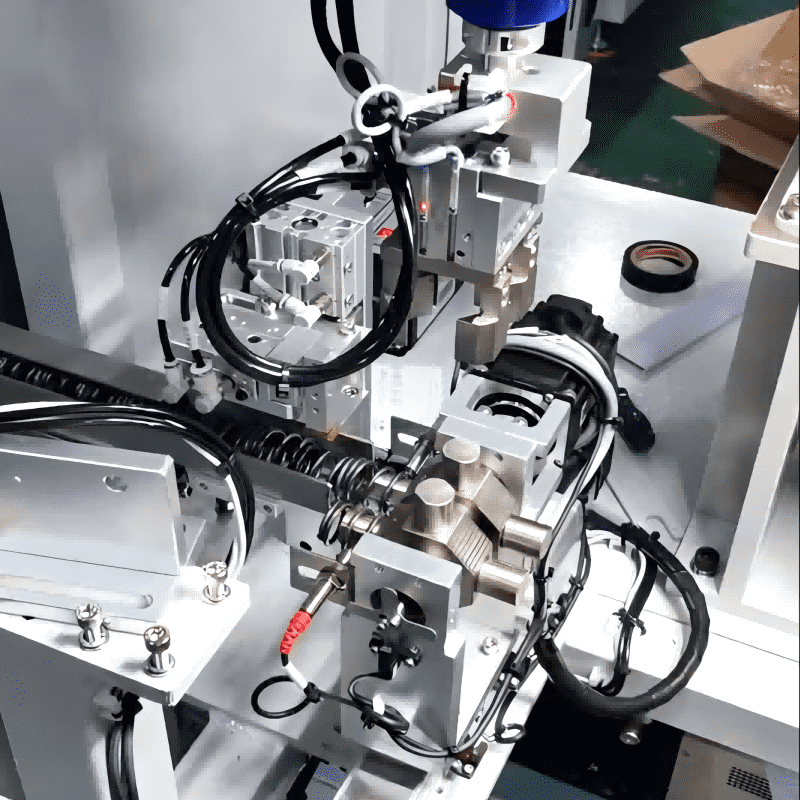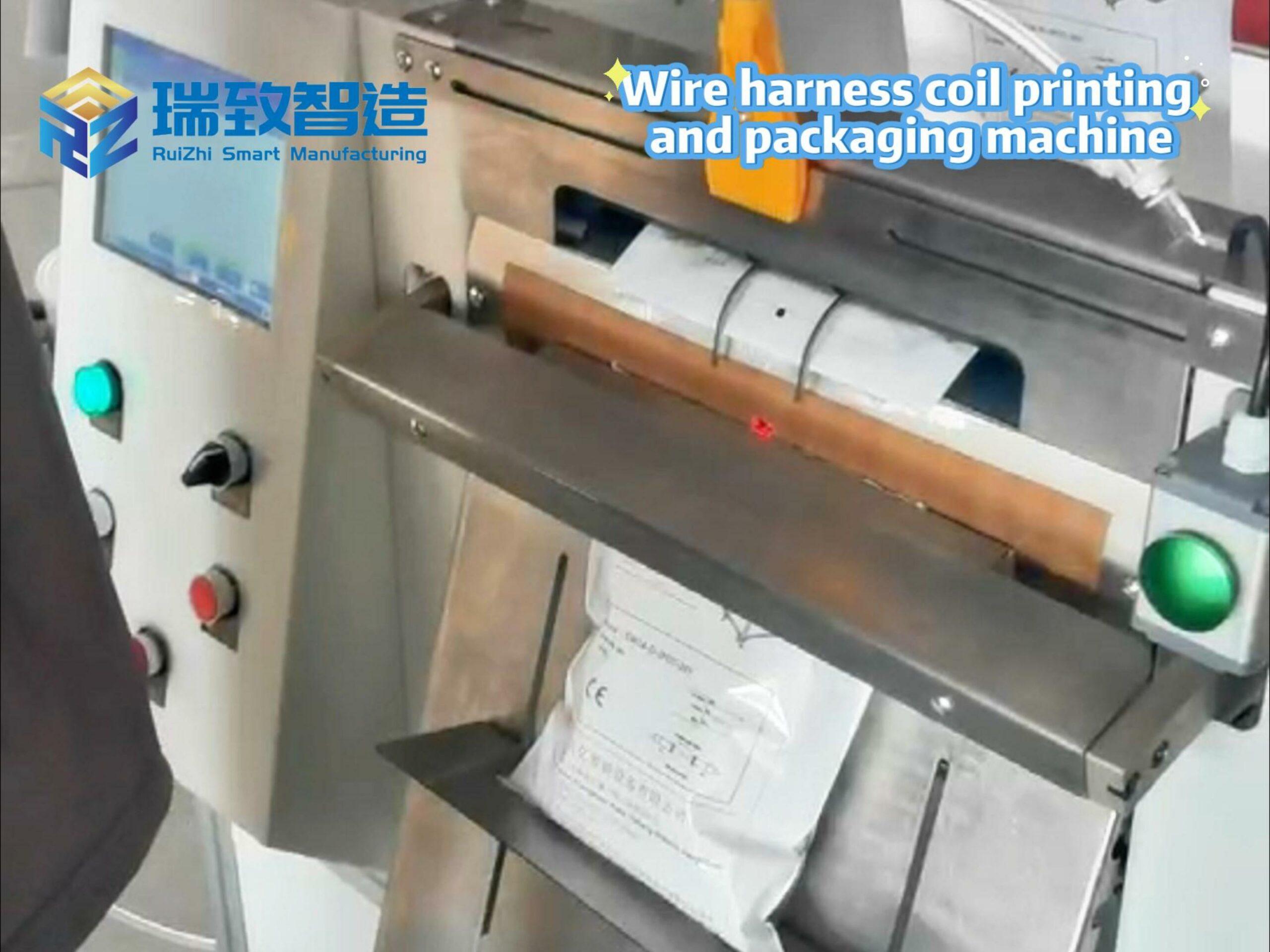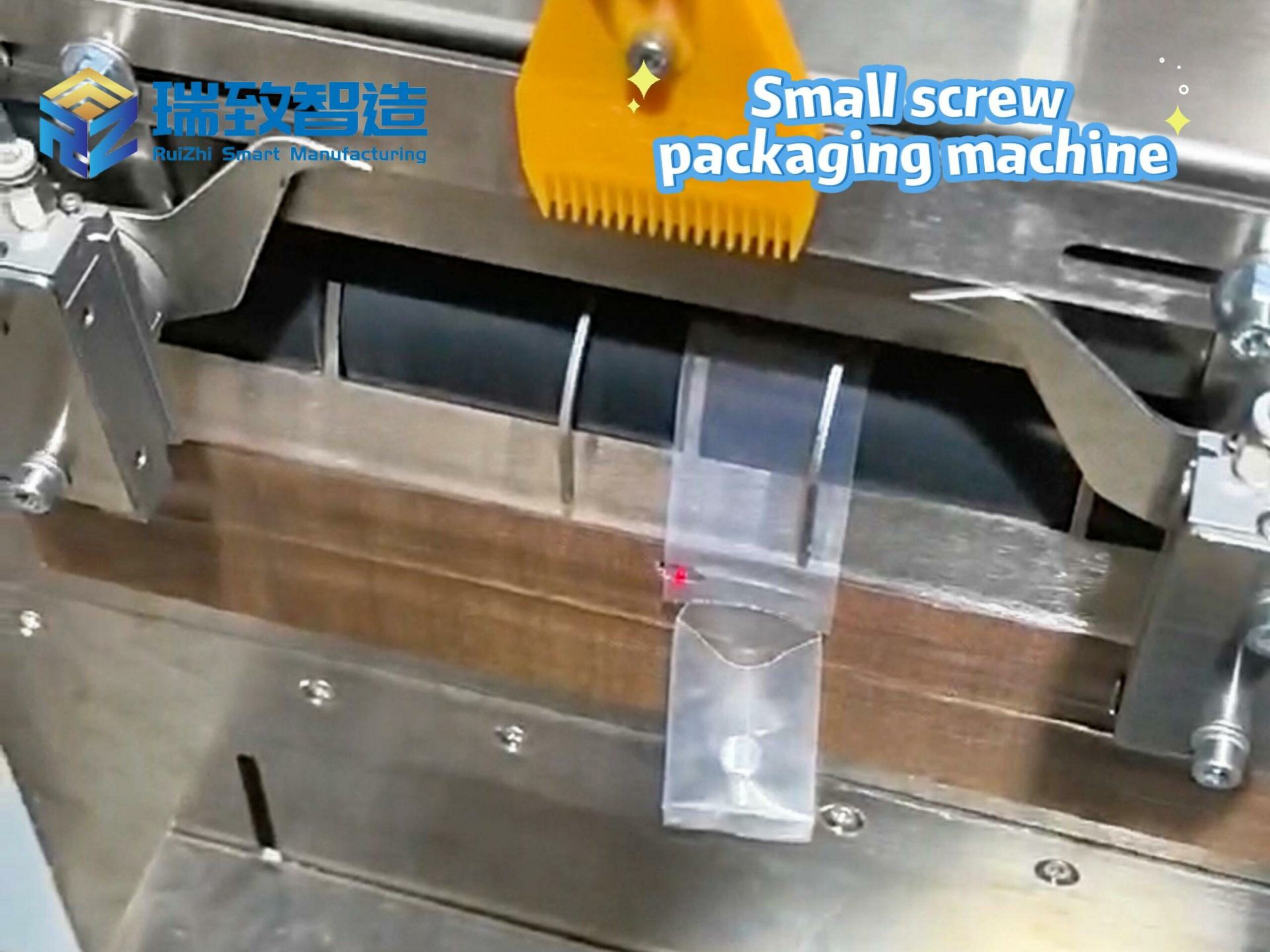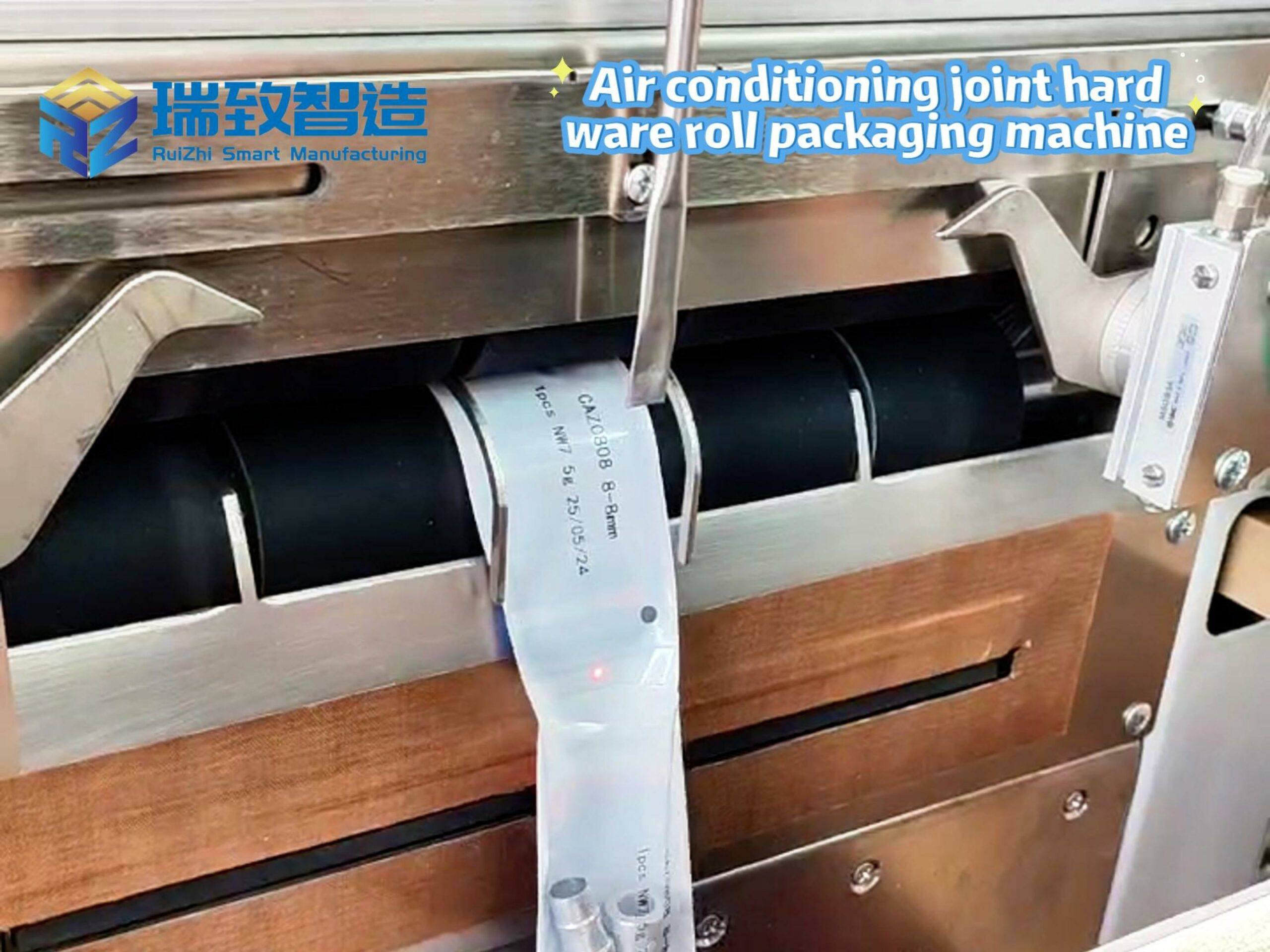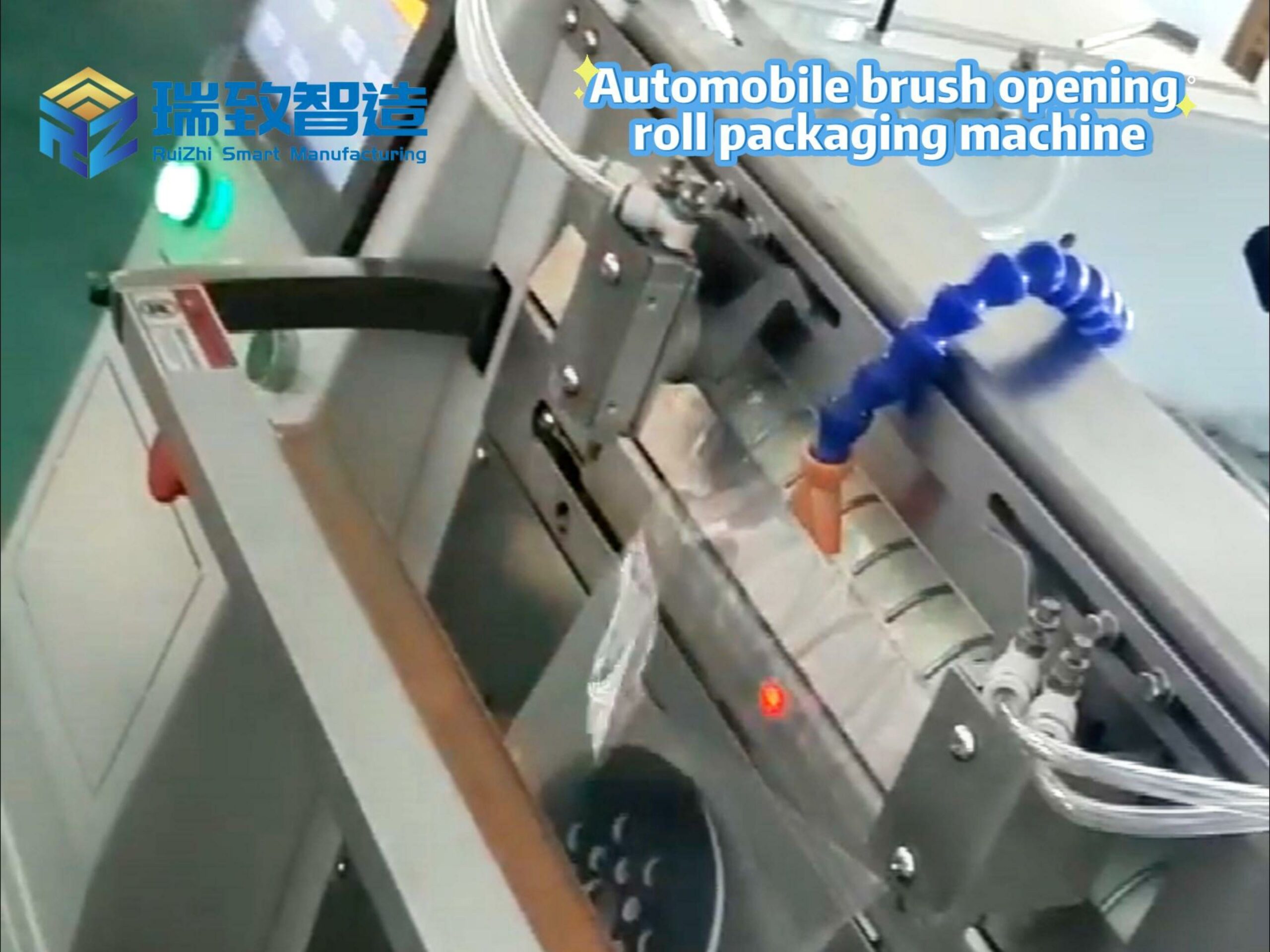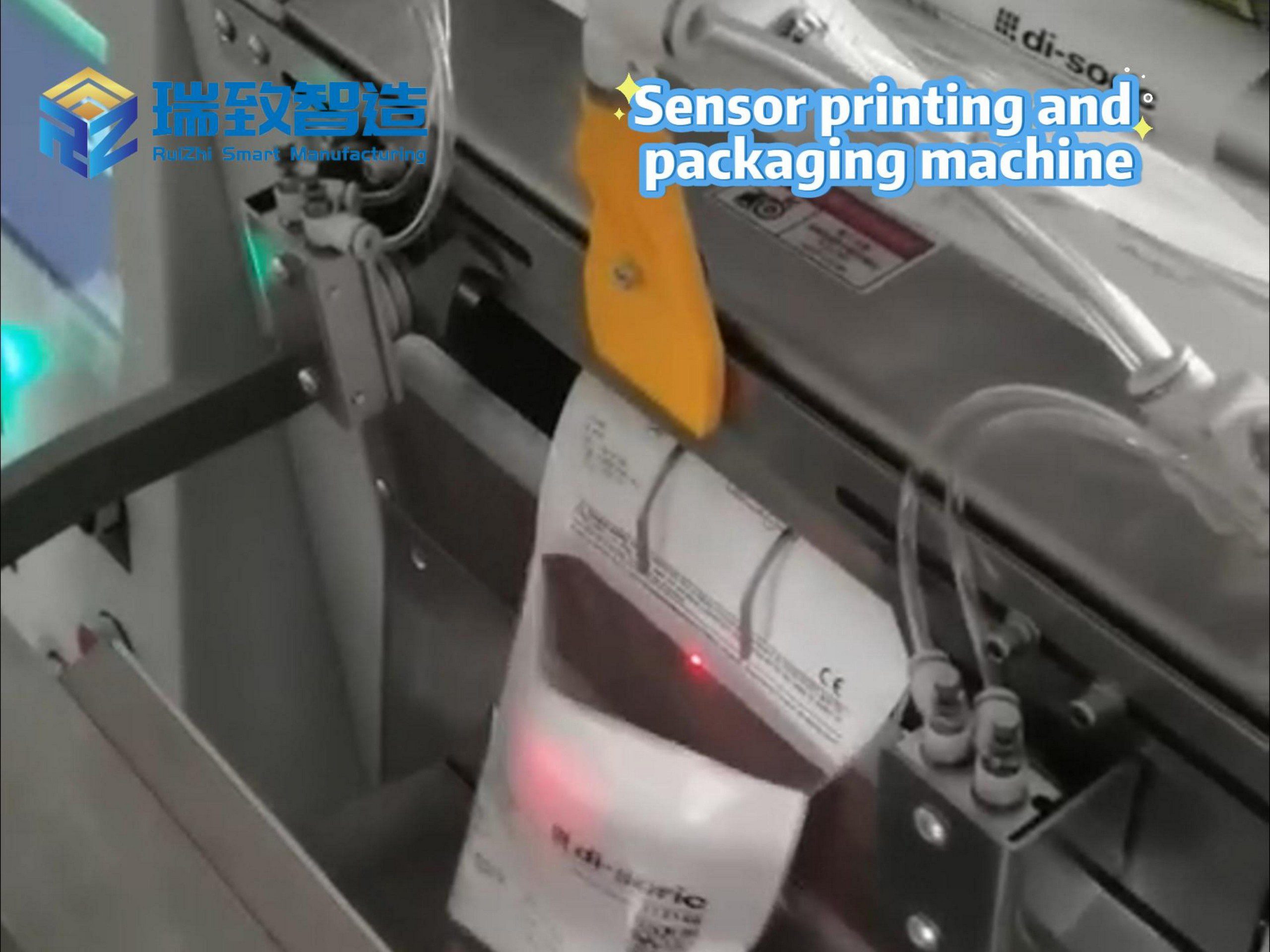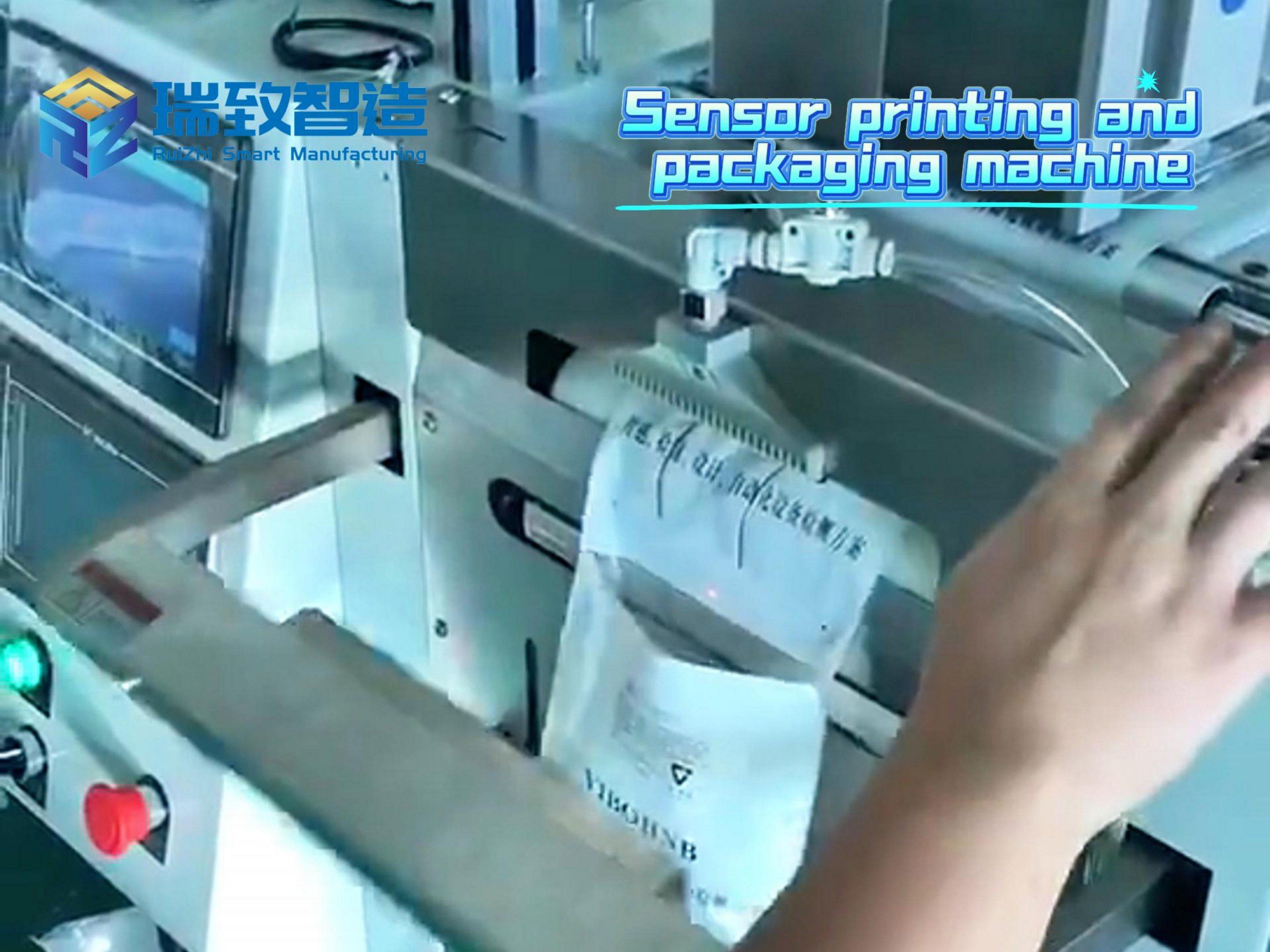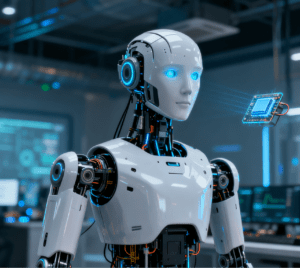
“For a robot to become a ‘human-like entity’, it should possess the ‘five human senses’. This requires underlying perceptual technology, which means the use of a large number of sensors,” said Ren Hongjun, Chairman of Hanwei Technology, in a recent interview. He noted that robots will bring enormous development opportunities to the sensor industry, which will be a market larger in scale than the industrial market.
Policy Resources Increased, Accelerating the Development of the Embodied Intelligence Industry
In 2025, artificial intelligence (AI) has begun to deeply empower the real economy worldwide, and the global manufacturing pattern is accelerating its reshaping. As one of the key focuses of AI development, “embodied intelligence” has been included in China’s Government Work Report for the first time this year. Intelligent robots are typical end products of “embodied intelligence”.
Simply put, embodied intelligence refers to enabling AI to truly “have a physical body”. It not only needs to “see, hear, and perceive” like humans but also learn to plan, make decisions, and independently complete various complex actions.
In 2025, embodied intelligence robots have achieved more technological breakthroughs. Free from remote controls and equipped with the world’s first universal visual perception system for humanoid robots, embodied intelligence robots can run independently on sports tracks; moving from prototypes to mass production, they have entered real scenarios such as inspection, service halls, factories, and elderly care/medical care, and secured orders worth 100 million yuan. Notably, in the heavy industry sector, the Automatic Iron Rod Loading & Unloading System driven by embodied intelligence technology has become a representative of efficiency upgrading in steel processing workshops — this system integrates laser positioning sensors, pressure-sensitive sensors, and industrial cameras, which can automatically identify iron rods of different specifications (diameter 15-60mm, length 1-3m), adjust clamping force in real time based on sensor feedback to avoid material damage, and complete loading, transferring, and unloading operations with a positioning accuracy of ±2mm, reducing manual labor by 90% and shortening the single-process cycle by 40% compared with traditional manual operations. It is estimated that the scale of China’s embodied intelligence market will reach 5.295 billion yuan in 2025, accounting for approximately 27% of the global market; embodied intelligence robots are accelerating their iteration from the body to the “brain”.
At present, China’s embodied intelligence robot industry is making efforts in both hard technology breakthroughs and scenario-based implementation. Many localities are actively deploying and promoting the industry through policies and resources. For example, in Beijing Yizhuang, innovation platforms represented by the “National and Local Joint Construction Embodied Intelligence Robot Innovation Center” have gathered more than 300 robot ecosystem enterprises, with an industrial chain scale exceeding 10 billion yuan; Shanghai has established the “National and Local Joint Construction Humanoid Robot Innovation Center” and plans to drive the core industry scale to exceed 50 billion yuan by 2027.
In addition, provinces such as Zhejiang, Anhui, Hubei, and Sichuan have also established provincial-level humanoid robot innovation centers to gather regional industrial advantages, promote technology sharing, and conduct joint research on key technologies.
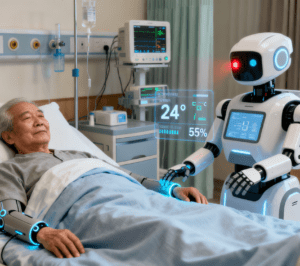
Sensors Are the Core “Organs” of Embodied Intelligence, Industry Expected to Witness Explosive Growth
2025 is known in the industry as the “first year of mass production of embodied intelligence“, and many complete machine manufacturers have announced large-scale production plans. According to a survey by CITIC Securities, the annual shipment volume of embodied intelligence robots is expected to exceed 500,000 units, three times that of 2024. This explosive growth mainly benefits from three major factors: increased policy support, breakthroughs in core technologies, and rapid cost reduction. Especially driven by the Opinions (Note: referring to the relevant policy document), localities are accelerating the improvement of supporting infrastructure such as test sites and computing power platforms to remove obstacles for industrial development.
A sensor is a device that can detect a specified measured quantity and convert it into a usable output signal according to certain rules, serving as a bridge connecting the physical world and the digital world. Sensors are distributed throughout the body of an embodied intelligence robot, similar to the sensory nerves of the human body. Information such as vision, position, touch, and force collected by sensors undergoes data fusion through software and hardware algorithms. Sensors provide real-time information for interaction and motion control modules, enabling robots to perceive the external environment and their own status, and adjust motion control plans. Thus, sensors play a crucial role in embodied intelligence robots.
The global sensor market scale is approximately 52 billion US dollars, with an annualized growth rate of around 10% in recent years. China’s sensor market scale is about 164 billion yuan, with an annualized growth rate of over 15%. Today, the rapid iteration of embodied large models and the rapid cost reduction of the embodied intelligence supply chain are accelerating the commercialization of embodied intelligence represented by humanoid robots, which is expected to drive the explosive growth of the sensor industry.
Relying on its advantages in sensor technology, Hanwei Technology occupies a key position in the industry. The company has developed a multi-dimensional perception matrix of “touch-balance-force control-olfaction”, which solves the core problem of robot-environment interaction. Among its products, the flexible tactile sensor is only 0.1 mm thick but can achieve pressure perception with an accuracy of 0.1 gram; the electronic nose sensor can identify more than 3,000 types of odor molecules, reaching the level of professional sommeliers. The chairman of Hanwei Technology revealed that these products have obtained bulk orders from leading customers such as UBtech and CloudMinds, and the revenue of related businesses is expected to grow by 200% in 2025.
Assembly line for mass production by artificial intelligence


